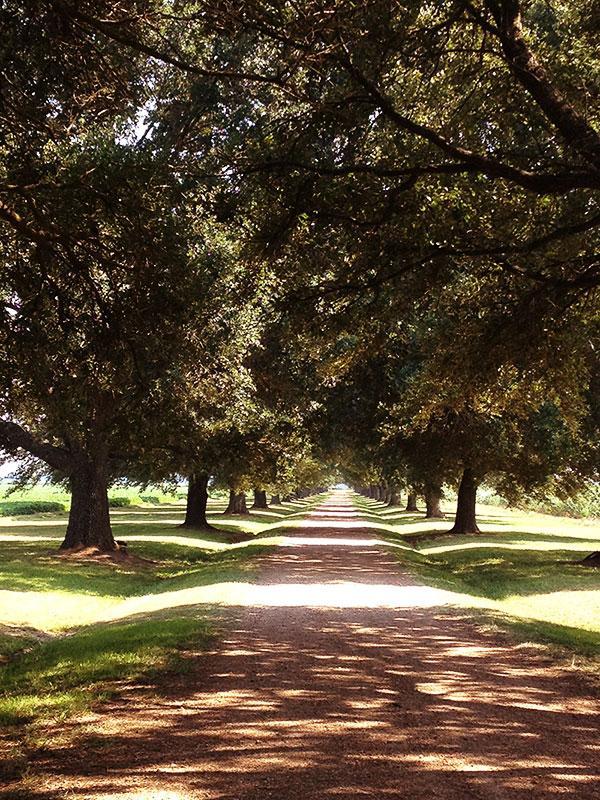
Spring Break Postcard: Southern Living Edition
Down a dusty highway bordered by sugar cane fields, down a long driveway edged with stately oaks, lies the land that time forgot.
Okay, time hasn’t forgotten it entirely. There are still TVs and cars and iPhones. But in some ways, the place seems to have forgotten about time.
Greenwood Plantation, first erected in 1811, is home to about a thousand acres of land, a portion of the bayou, one (dead) Civil War General, my mother’s best friend, and—at least for the duration of spring break—me.
Around November, when I first began my now-constant bellyaching about the cold, my mother got it in her head to arrange this trip into the heart of rural Louisiana. I saw through her ruse immediately: She just wanted an excuse to gossip with her best friend for a week, most likely leaving me to be devoured by a Louisiana alligator and the hot southern sun. Yet (her) age eventually conquered (my) beauty, and on the Saturday morning after my last midterm, my mother, my sister, several pieces of luggage, and I left New York for Louisiana.
After a rushed connection in Atlanta, I no longer worried about time. We flew like sardines packed in a very small airplane from Atlanta to the bustling city of Alexandria, Louisiana, with an airport so tiny that all the workers must pitch in when a plane lands, leaving the check-in desks unmanned. Once we landed, it was like the stress receptor in my brain had been switched off. The sky was blue, there was a light breeze, and parts of my body that hadn’t seen light in approximately six months soaked up hot sun. I kept my window open the entire drive to the house, luxuriating in the sight of the just-budding trees and violently blooming azaleas.
At Harvard, it feels as though my every hour is scheduled; I might as well be surgically attached to my phone. Yet at Greenwood, I ceased worrying about time. I actually let my phone run out of battery. Sure, there were a thousand and one things to do on the plantation: Oaks needed to be measured for the Live (pronounced “lahhve”) Oak Society, furniture had to be moved, and errands run. Nobody, however, seemed rushed or hurried, and there was always time to work on your tan (or sunburn). If something didn’t get done, nobody panicked; there was always tomorrow.
One day, we stirred ourselves from our sun-soaked daze to visit family friends, the Parlanges, at their creatively-named plantation, Parlange. Not only is Parlange the oldest plantation in Louisiana and the birthplace of Madame X (the lady featured in John Singer Sargent’s famous portrait, “Madame X”), it is also still a working plantation, which raises cattle and sugarcane. Yet this didn’t stop Brandon Parlange and his mother, Lucy, from giving us a leisurely tour of the house and grounds, and treating us to an absolutely delicious lunch. He seemed, like the rest of the natives, to regard time as more of a guideline than a steadfast rule.
Before I was even off the plane home I felt thrown back into a world arranged around the hour and minute hands. As we sat on the runway, I engaged in a furious text message exchange with a friend over when we would meet for our dinner date. Yet my now laissez-faire attitude towards time allowed me to reschedule rather than subject myself to unnecessary stress. Here’s hoping this outlook lasts longer than my newly acquired southern drawl.


